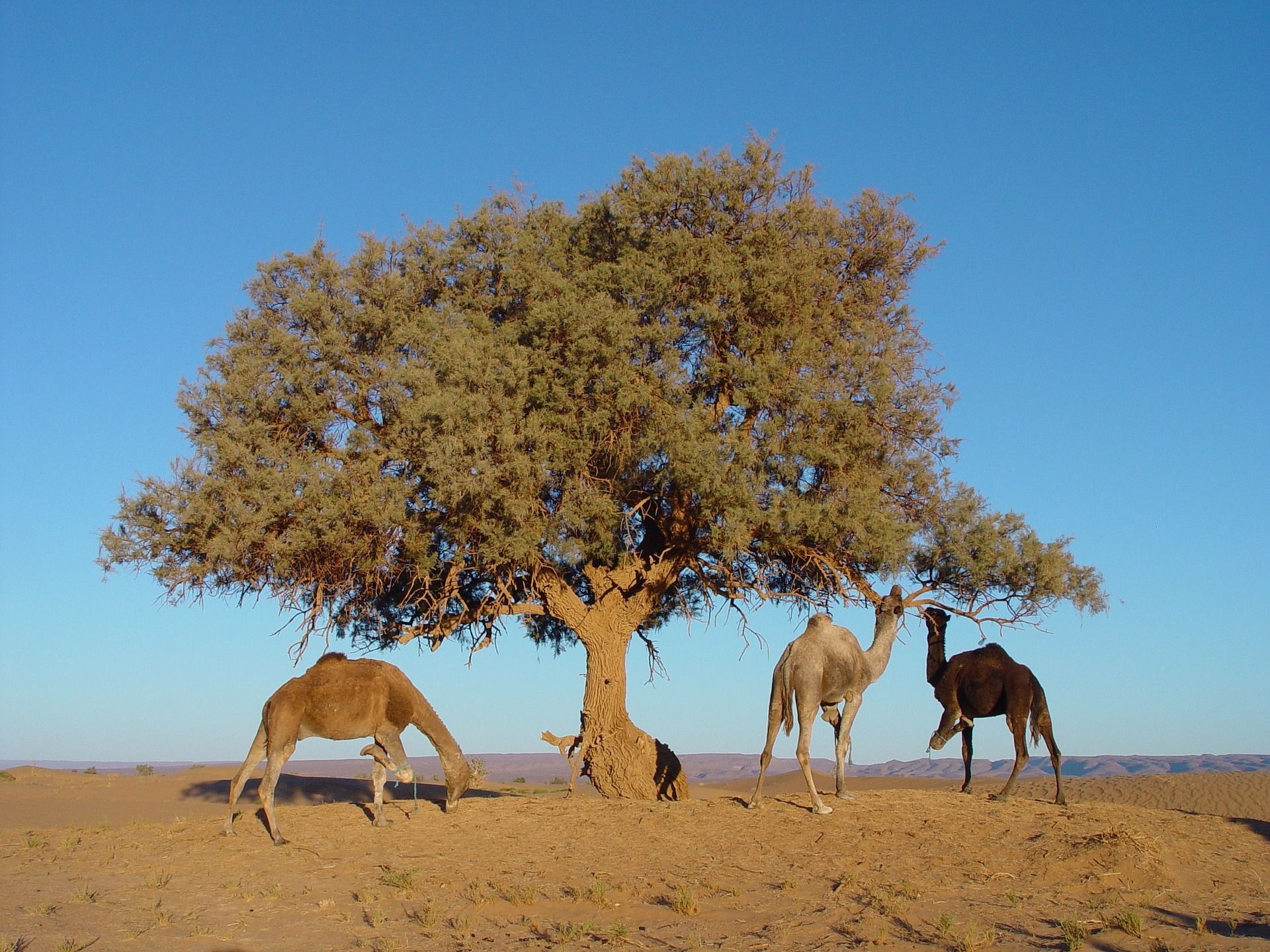
🌳 AI finds billions of trees in the Sahara
Automatic counting of trees in deserts gives us better data on how much carbon dioxide is stored in the world's trees and how well planting of trees in and near deserts works.
Share this story!
Deserts may not be the first place you go to find trees and this means that we have so far had a bad idea of how many trees there are. Now researchers have used satellite images and AI to make a tree count and it turns out that there are many trees in desert areas .
In a 1.3 million square kilometer area in the Sahara and Sahel , the AI identified 1.8 billion trees.
- We were very surprised that so many trees grow in the Sahara desert. Of course, there are large areas without trees, but there are also areas with high tree density and also some areas where some trees grow between the dunes, says Martin Brandt, researcher at the University of Copenhagen and lead author of the study.
Having accurate information about how many trees there are in the world's deserts is important for several reasons. For example, it gives us more accurate data on how much carbon dioxide is stored in the world's trees when we actually count all the trees.
It also provides better opportunities to monitor illegal logging. Then it helps us to see how effective tree planting is. We have previously written about a major project to build a "green wall" just across the sub-Saharan African continent . With this technology it is possible to see how the work goes and how many trees survive after a few years.
This method can also be used in areas other than deserts . It gives the opportunity to get a more accurate figure of how many trees there are in total in the world.
To be able to count so many trees, researchers have to use satellite images and this has been a problem in the past. The resolution has simply been too low to be able to identify individual trees. But new satellites now provide images with a resolution of half a meter and that is enough to be able to find individual trees.
AI saves millions of working hours
The next problem will then be to search through all the pictures for trees. Counting 1.3 billion trees would have taken millions of people several years, according to Martin Brandt's estimate.
This is where AI comes into the picture. Using in-depth learning, the researchers taught the AI to identify trees in the images. What would have taken hundreds of millions of man-hours now took only a few hours to complete.
Now, however, it was not just about unleashing the AI on the images and waiting for the result. The method the researchers use is based on the AI being allowed to practice on images where a human has already identified a tree. So Martin Brandt sat himself and marked 90,000 trees on satellite images. A job that took him a year, but he thinks it was a good time to do something that would be practically impossible with manual work.
By becoming a premium supporter, you help in the creation and sharing of fact-based optimistic news all over the world.


